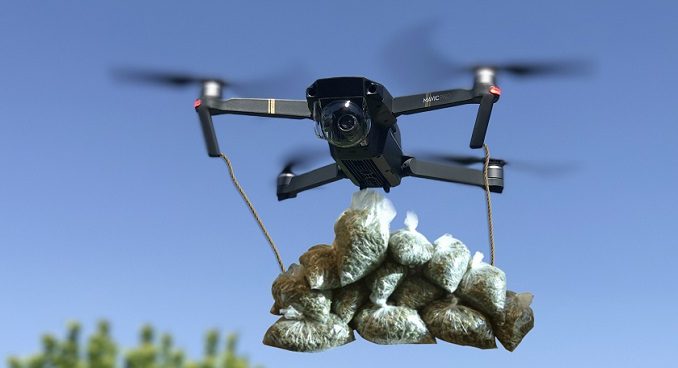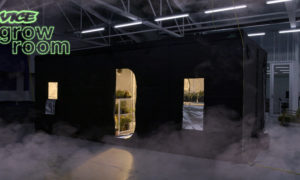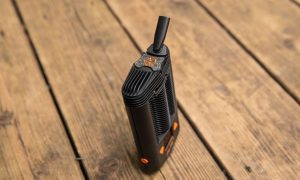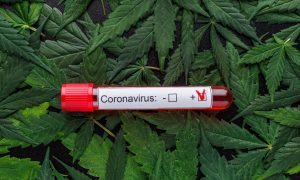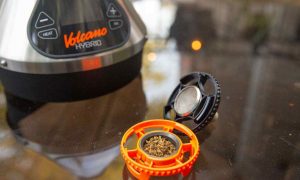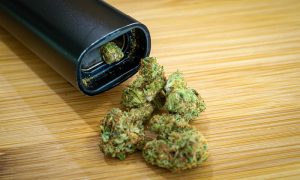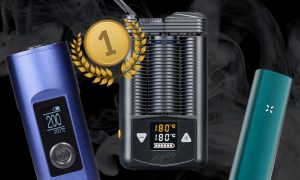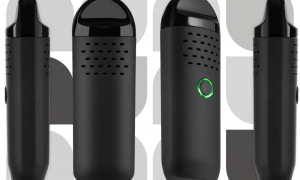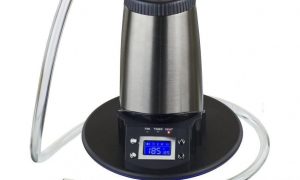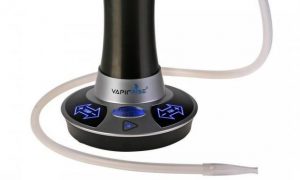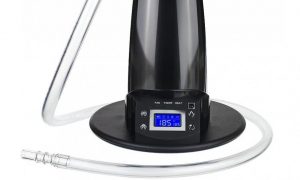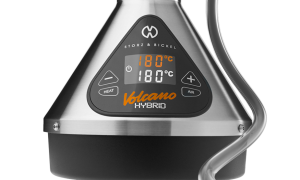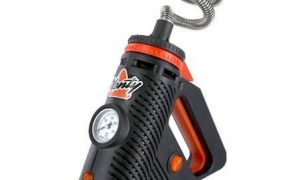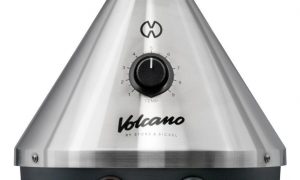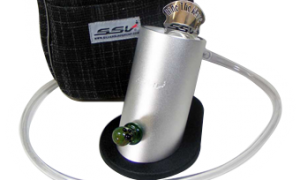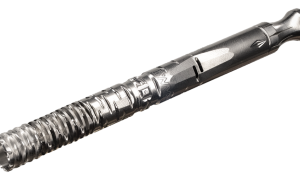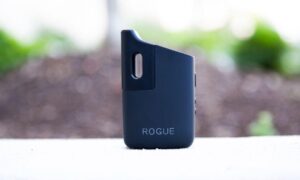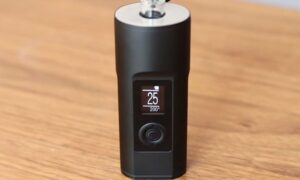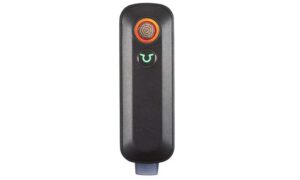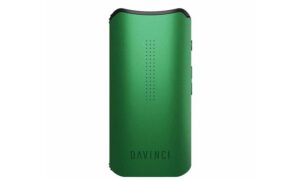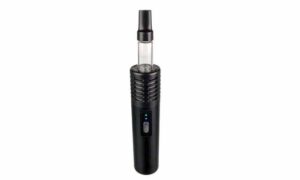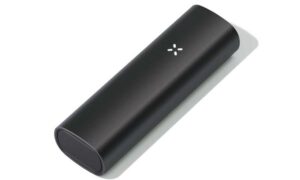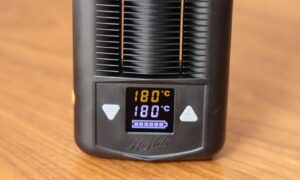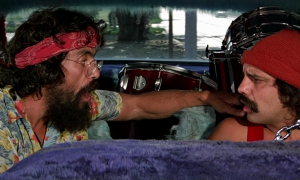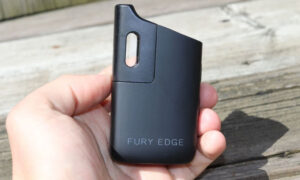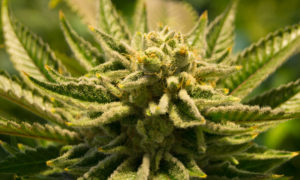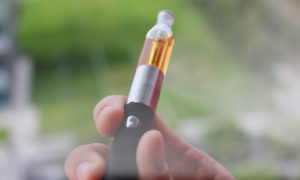By Duke London for Marijuana.com
California lawmakers are working to beat a January 1st deadline for the implementation of legal marijuana, and there are some very interesting inclusions in the Bureau of Cannabis Control’s newly-released licensing program regulations for businesses.
While the legal cannabis industry is poised to create a plethora of new jobs in California, one sector that apparently won’t see much growth is marijuana delivery drivers — unless they want to get their commercial driver’s license. The newly-unveiled guidelines mandate that “cannabis goods will be required to be transported inside commercial vehicles or trailers.” The regulatory guidelines go on to include bans on marijuana delivery or transportation via “aircraft, watercraft, rail, drones, human powered vehicles, or unmanned vehicles.”
Were drones actually delivering weed in California and I wasn’t taking full advantage of that spectacle?
Well, technically no, but there were already struggling companies such as Eaze teasing the service to cash in on some futuristic publicity. Here you go, I guess.
In January, the Federal Aviation Administration (FAA) reported that over 670,000 drones had been registered with the government, which likely accounts for a fraction of the drones actually owned (or built from spare parts) and being flown everywhere. FAA Chief Administrator Michael Huerta estimates that by the year 2020, nearly seven million drones will be owned in the United States.
With the steep rise in drone availability (and affordability), businesses are chomping at the bit to start using the flying robots to their advantage. Amazon is already testing its upcoming Prime Air service that aims to deliver products purchased online to their not-so-patiently waiting customers in 30 minutes or less.
You have an idea how popular this service would be if you’ve ever waited around on a Saturday in Orange County, California for a weed delivery. While half of Huntington Beach waits for Timmy in his Corolla to get done with his chicken nuggets and finish the rest of his route, a drone could be doing fly-by product flips around the clock.
While the ban on drone delivery for weed companies is somewhat puzzling, some of the other restrictions make total sense. Allowing cannabis to be delivered by “human-powered vehicle,” which is either a car from the “Flintstones” or a bicycle, seems dangerous for the operator, as any bike rider with a backpack may become the target of robbery attempts. California will require all marijuana deliveries to be conducted by licensed retailers, who must hand-deliver the product to the customer, so you can forget about self-driving delivery vehicles as well. Retailers will also be required by law to equip each delivery vehicle with GPS tracking capabilities.
The FAA has actually loosened the restrictions on drone flight in recent years to make it easier for businesses to incorporate the technology into their future plans, even providing exemptions to laws that require drones be flown within the line of sight of its operator — a severe hindrance to corporate adoption. The new business-friendly rules require operators to obtain a specific drone-flying certification and never fly their drone at speeds over 100 miles per hour or at elevations over 400 feet off the ground.
So, if other legal businesses can use drones to deliver their goods, why can’t the weed industry? Only reasonable explanation I can come up with is the Bubba Kush aroma may distract other pilots in the air.
—
This article was originally published by Marijuana.com. Read the original article.

